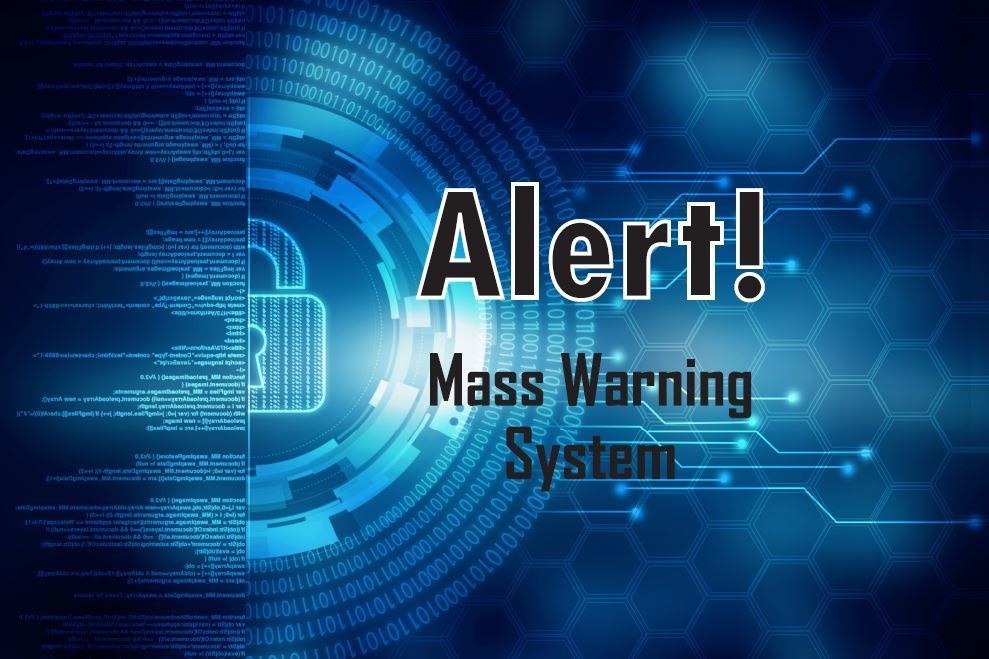
Alert! Mass Warning Notification System, or MWNS, is owned by the U.S. federal government and sends registered users emergency warnings and other critical information, such as hazardous road conditions, reporting delays, and base closures due to severe weather. The notifications are mostly local, but may also be theater-wide.
How to register (service members, DoD civilians and contractors)
STEP 1 - Login to self-registration: https://alert.csd.disa.mil/. Click the DoD and All Services Icon. Note: You will be prompted to log-in with your CAC card.
STEP 2 - Add Personal Information. First & Last Names are required fields. CAC EDIPI will populate automatically from the CAC. Rank is optional.
STEP 3: Add Contact Methods. You must add at least one valid, internationally formatted (+82-) telephone number. You may add up to 10 phone numbers and email addresses into the system.
STEP 4: Add Associations and Military Location.
- Service (Branch)
- Region (OCONUS)
- Installation
- Subinstallation
- (Optional) Add Start/Stop Dates
- Click Add
You may add further associations such as Command Structure (you will need your Unit Identification Code (UIC); Work/Home Address; and Additional Attributes from a drop-down window. NOTE: You must have at least one non-dated association in order for your record to be saved. If you have multiple associations, add each separately.
- Remember to save all work when prompted.
Registration for family members and retirees
Family members of U.S. and non-U.S. military, civilian and contractor personnel whose normal place of duty is on an Army garrison or in an Army facility can also be registered in Alert!. To register, sponsors should add family member data on the Alert! self-registration page in the additional fields that have been provided. This is very important for family members that are also MWR employees as they are not usually provided a CAC.
Retirees can be registered and deregistered in Alert! through their garrison retiree activity council or similar agency.
Keep your information up to date
Your Alert! account will follow your military or DoD career — both as a civilian and service member overseas and in the U.S. If you move to a new office or get a new personal cell number, make sure to go into Alert! and provide your current information. Alert! is effective in reaching community members with critical messages in real-time, but its success depends on users’ input.
Guests & Alert!
If you're unable to register, you can still follow alerts. During severe weather or emergencies, please follow your local installation social media pages and/or the USFK Facebook page ↗. For Road Conditions, please call the Road Conditions Hotline at nd/or call the Road Condition hotline at DSN (315) 755-8077 or COMM 050-3355-8077.